|
24th March 2021 It's a Wednesday evening and I'm logged into Zoom and Board Game Arena on my PC. It was time for a game that spanned the ages and the creation of massive monuments and the civilisations they represented. Luckily, it doesn't take that long to play 7 Wonders! Caveat: We played the game online but have previously played the physical copy. Photos were taken for this blog post. What's in a game? The purpose of the game is for each player to create their own civilisation through the construction of various types of buildings and ultimately create one of the 7 Wonders of the Ancient World. 7 Wonders is card game played over 3 sets of rounds (or ages). Each age has its own set of cards which are used. There are numerous types of cards, some of these types can be more or less common in different ages.
The text and icons are all mostly clear (I tended to confuse stone and ore icons, because the ore icon looks like a pile of stone to me.), the symbology used for special rules on cards is also generally clear, the rulebook does a good job on clarifying these in cases of confusion. I also like how the layout allows cards to be more or less stacked while still displaying pertinent information. In terms of art quality, the wonder boards are quite large and very nicely decorated in eye-catching illustrations of the 7 titular wonders. Art on the cards are of a similar quality but obviously on a smaller scale. How's it play? Setup 7 Wonders is a 3-7 player game but also contains some special rules to allow 2 player games. This blog post talks about the normal 3-7 player game.
On to play Each player in 7 Wonders is neighboured by a player to their left and right; why this is important will be explained below. Each player takes a card from their hand and plays face down in front of them, then they pass the remaining cards clockwise to the next player, the direction of play alternates between rounds. Once every player has chosen a card, all player then simultaneously reveal their card, plays it and executes one of the 3 actions below.
Once all players have completed their action, everyone picks up their new hand of cards and play continues as described until all players have used 6 cards each, the 7th card is never used and is discarded out of the game. The game has reached the end of the round, now conflicts are resolved.
Endgame Once conflict has been resolved for age 3, the game is over only scoring is left. Victory points can be scored from a variety of sources, once these are tallied, highest score wins. Overall
I'm going to nit-pick a couple of things about 7 Wonders. Set up feels a little long for a game that's quite short, having to sift through all 3 decks at the game start feels irritating, probably because there's 3 decks to construct instead of 1 and if the player count changes between games, then all 3 decks will need to be rebalanced. The game is quite involved and perhaps a little too complicated for its expected playtime. I found myself frequently forgetting the rule about chaining buildings Scoring is convoluted, specifically scoring the scientific cards where each symbol will scored twice. I wouldn't be surprised that more time was spent making sure this was correct than the rest of the scoring. Like other drafting games of this style, early in the game players will struggle to decide what's going to be important to them or not, but by looking at their wonder board, players will see what they need to build their wonder and what benefits it gives them as some guidance. One interesting feature about 7 Wonders is how players can pay to utilise their neighbours resources and goods and of course, players will want to keep and eye on their neighbours' military forces. It's a nice little spin that adds to the game. Since there are 7 ways to score points, players will have a lot of options on which strategy to pursue. For example, civic buildings give a lot of victory points, but nothing else. Military strength can score a lot of points (and cost your neighbours a few), but only if you dominate, getting caught in a war of escalation can be distracting and costly. Quibbles aside, 7 Wonders is a straightforward game to learn that has a quick turnaround and is a fun game to play, players will want to strategize, but the luck of the draw means they will need to adapt to circumstances. The game always provides players with meaningful choices, which is what you want.
0 Comments
Leave a Reply. |
AuthorI play, I paint. Archives
March 2024
Categories
All
|

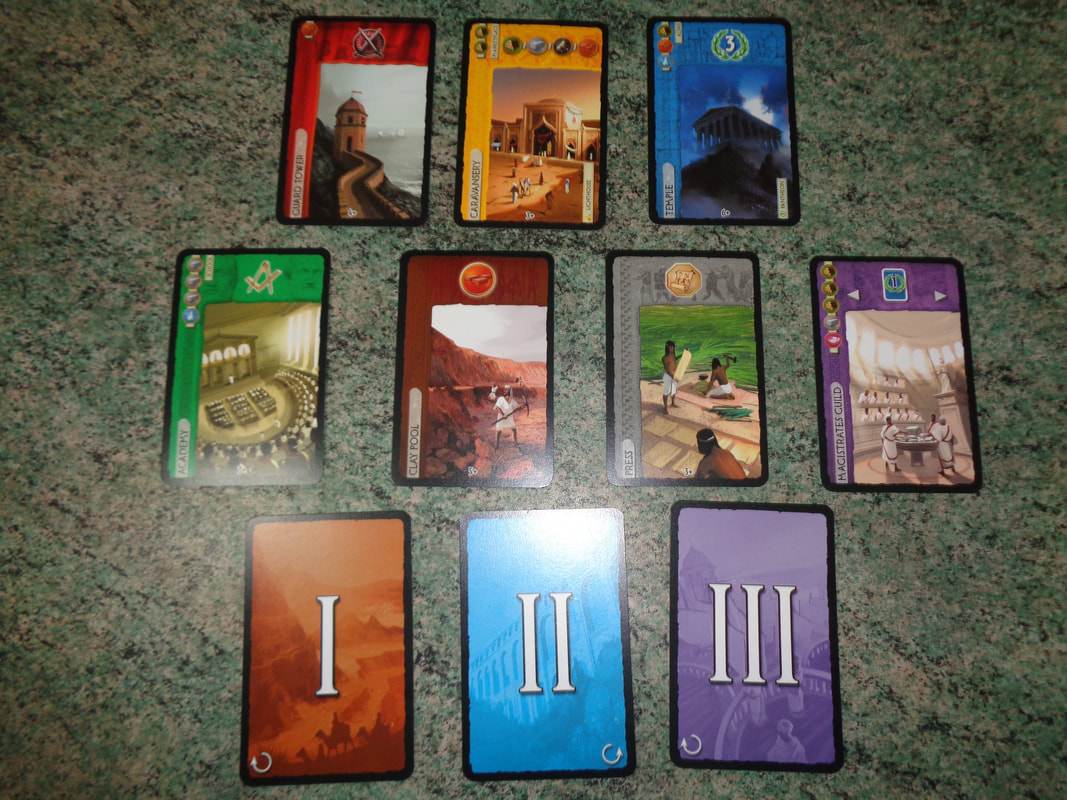
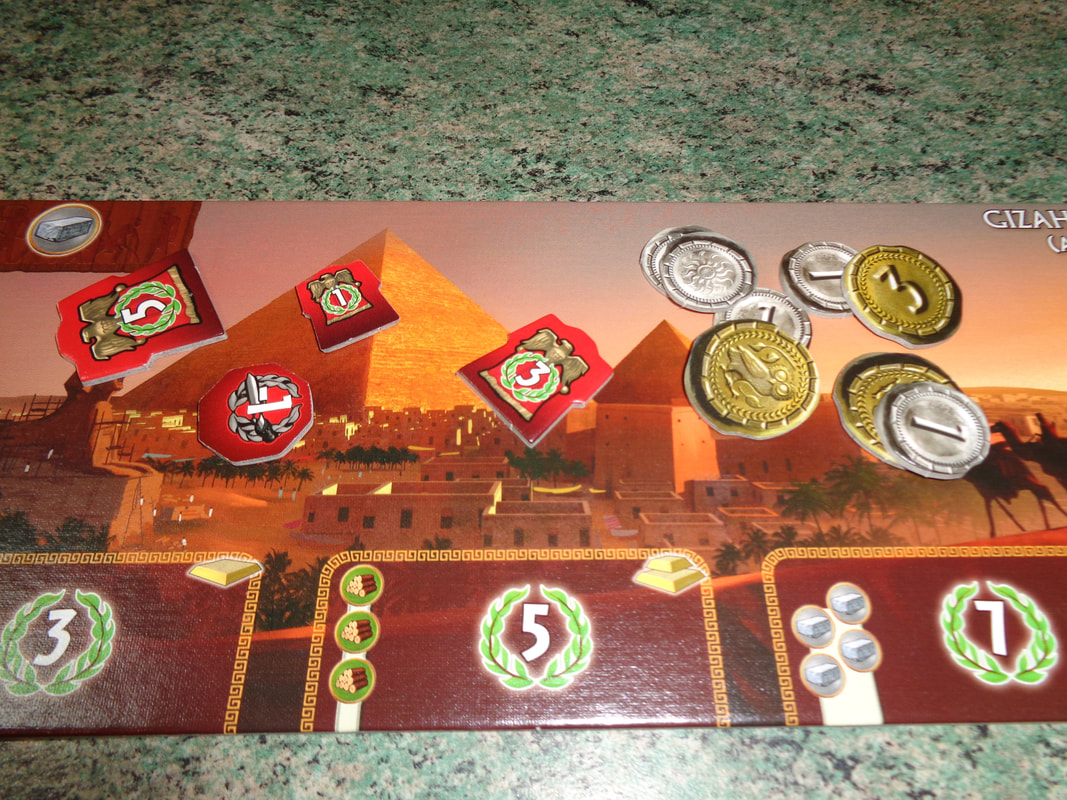
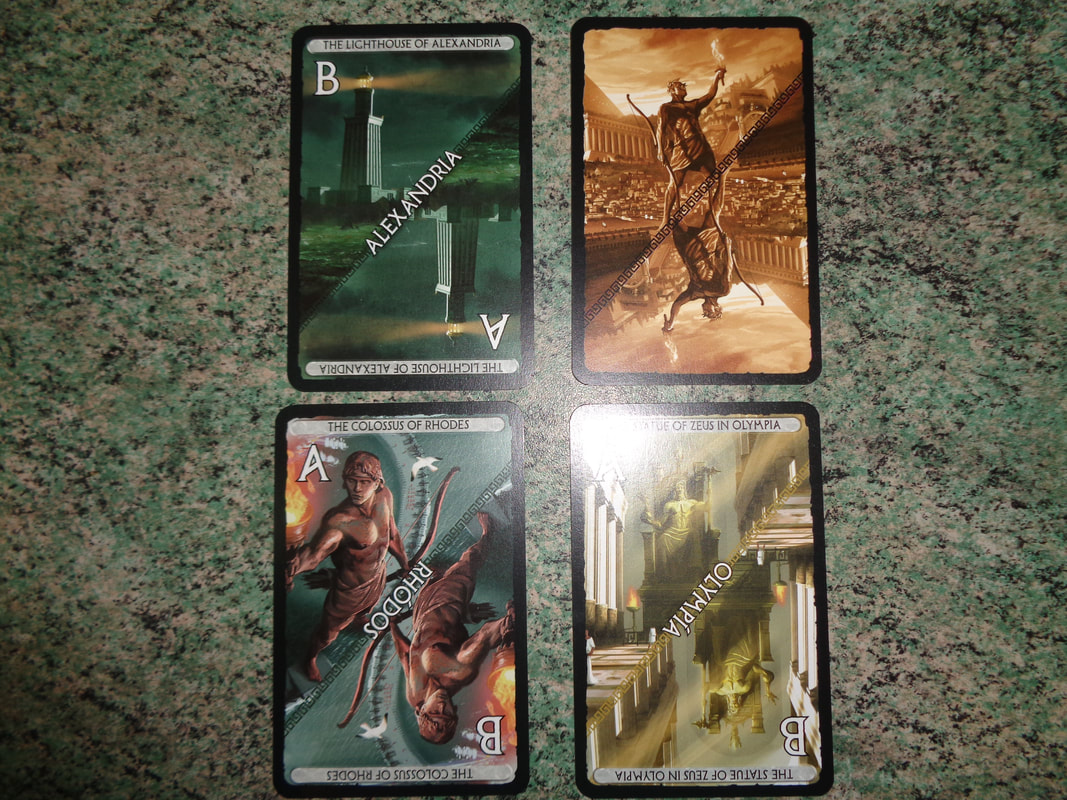
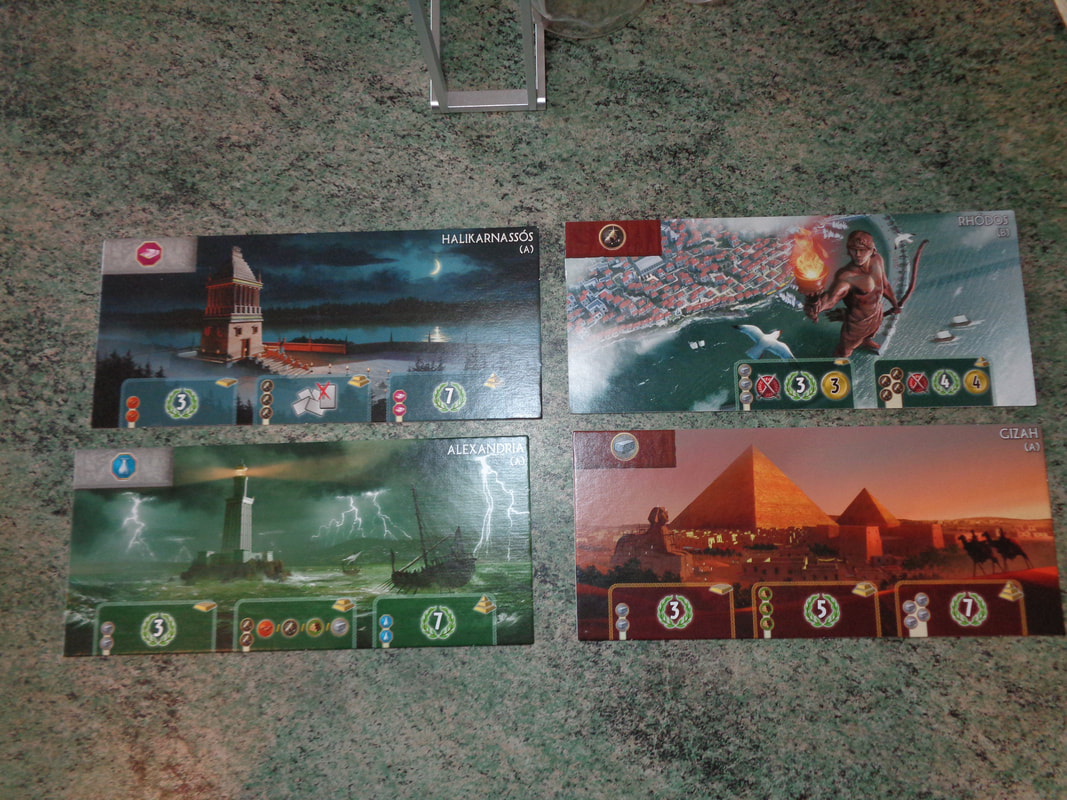
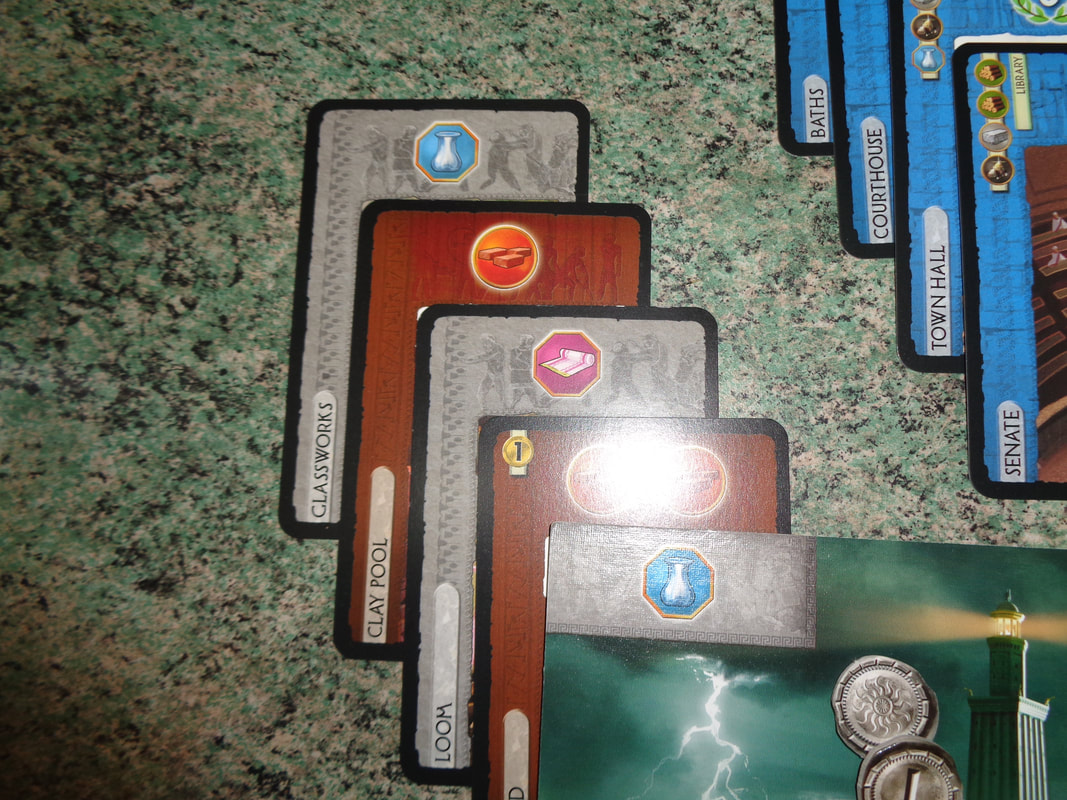
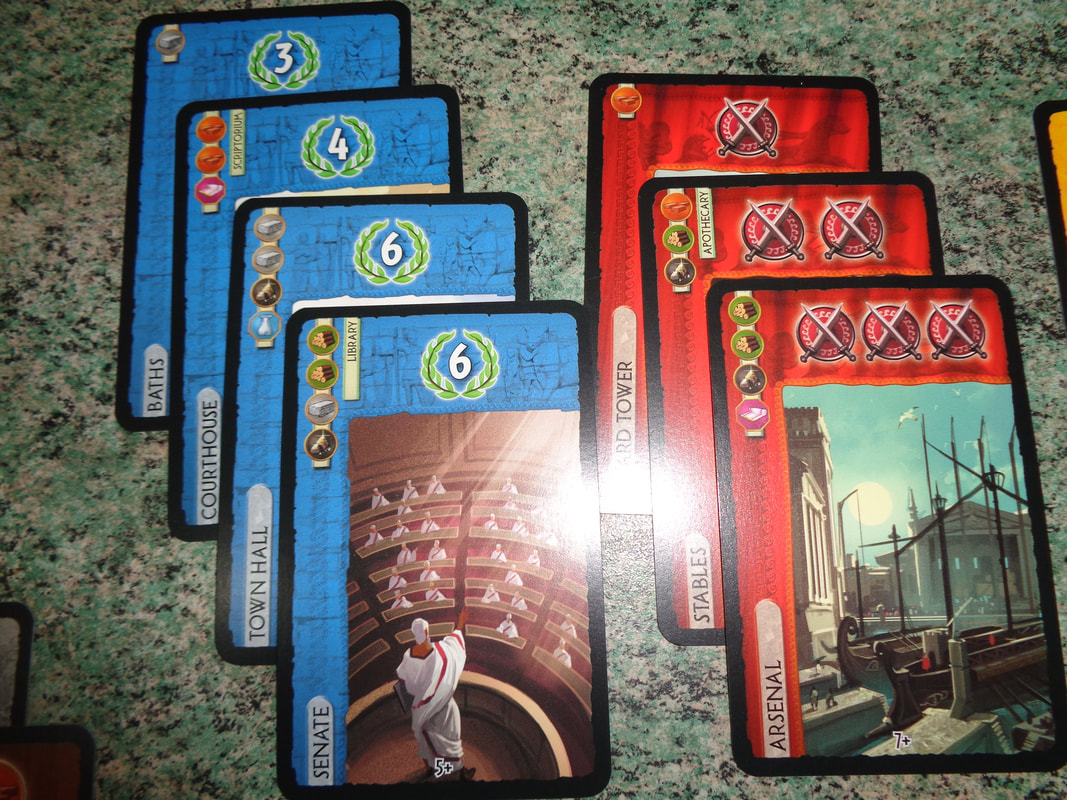
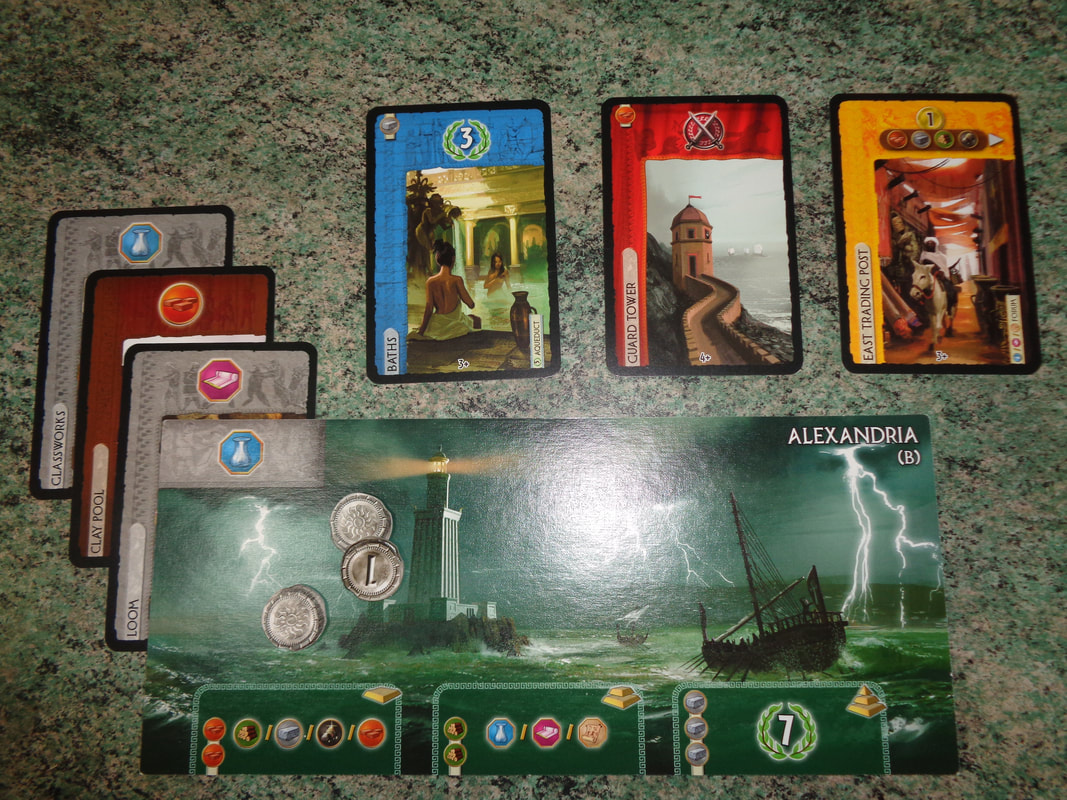
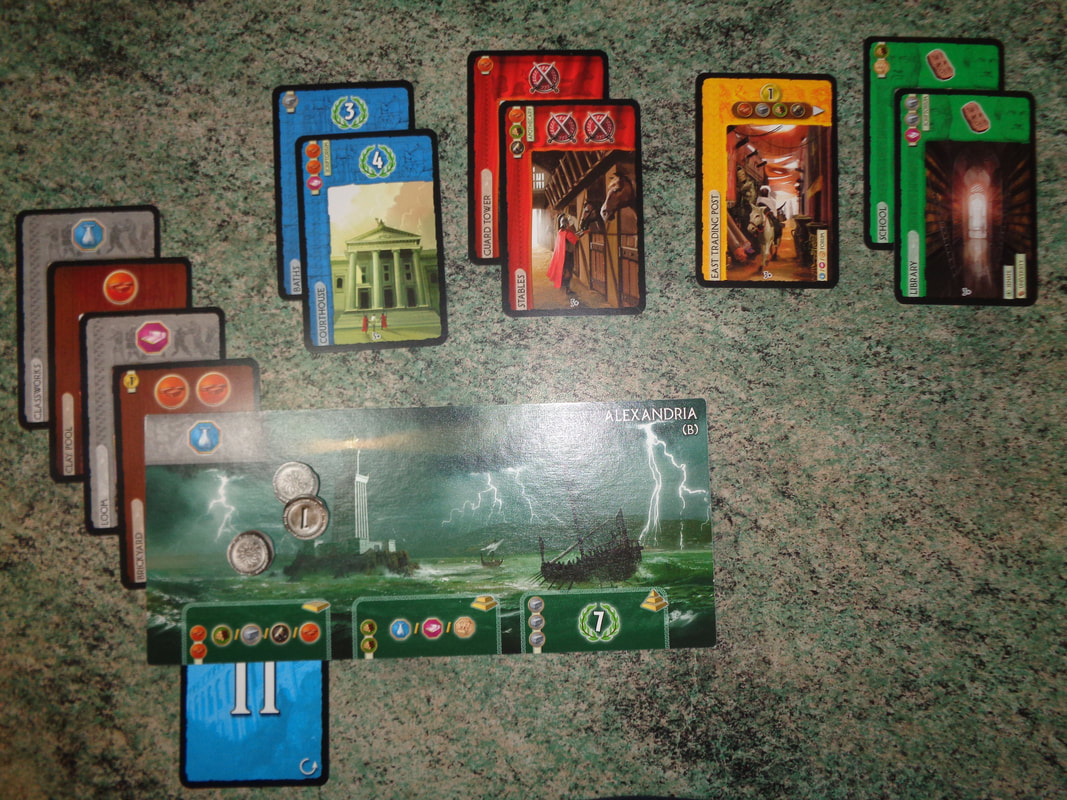
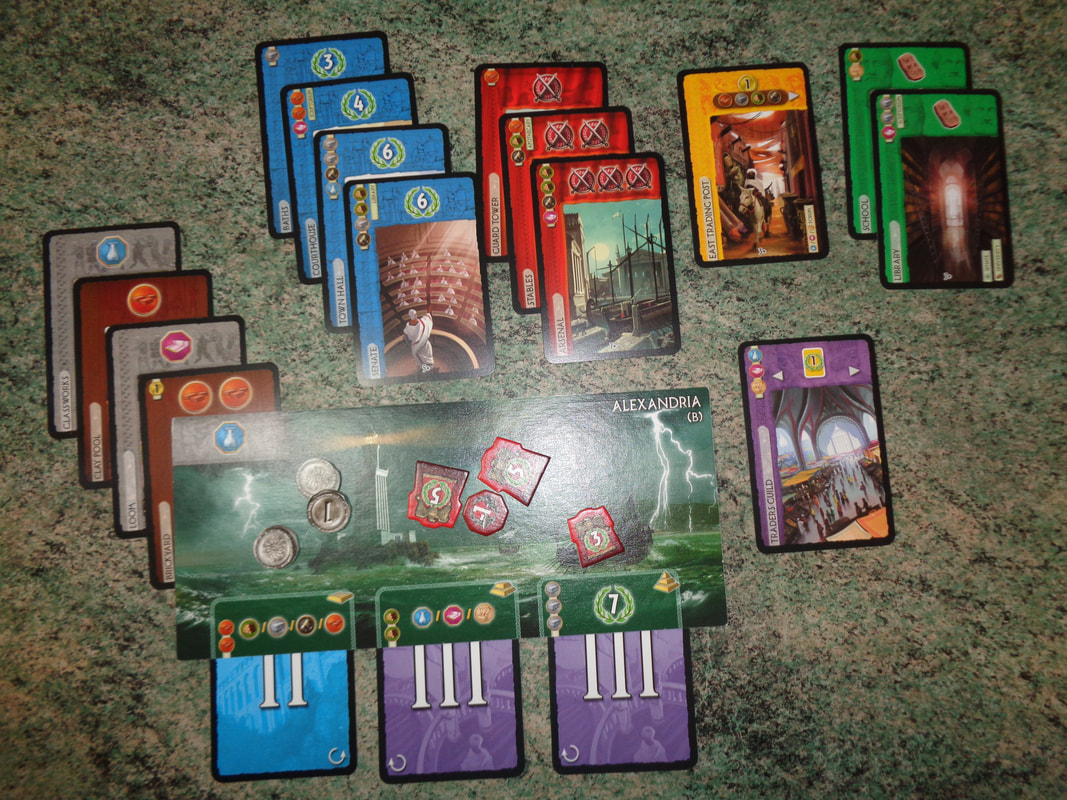
 RSS Feed
RSS Feed
